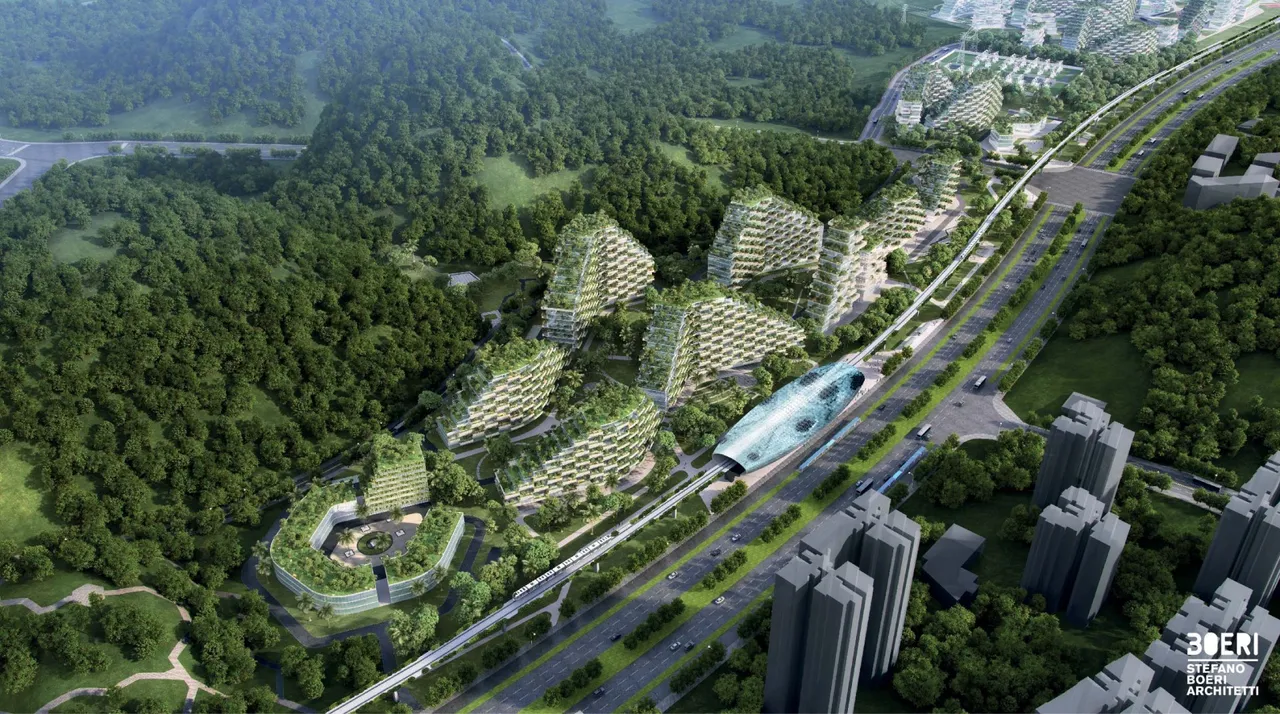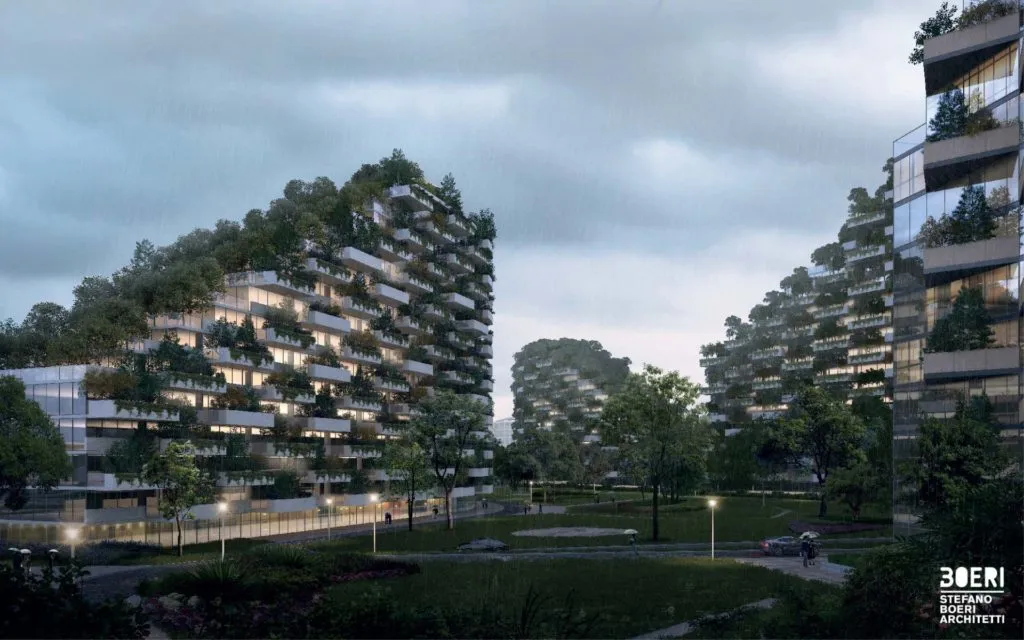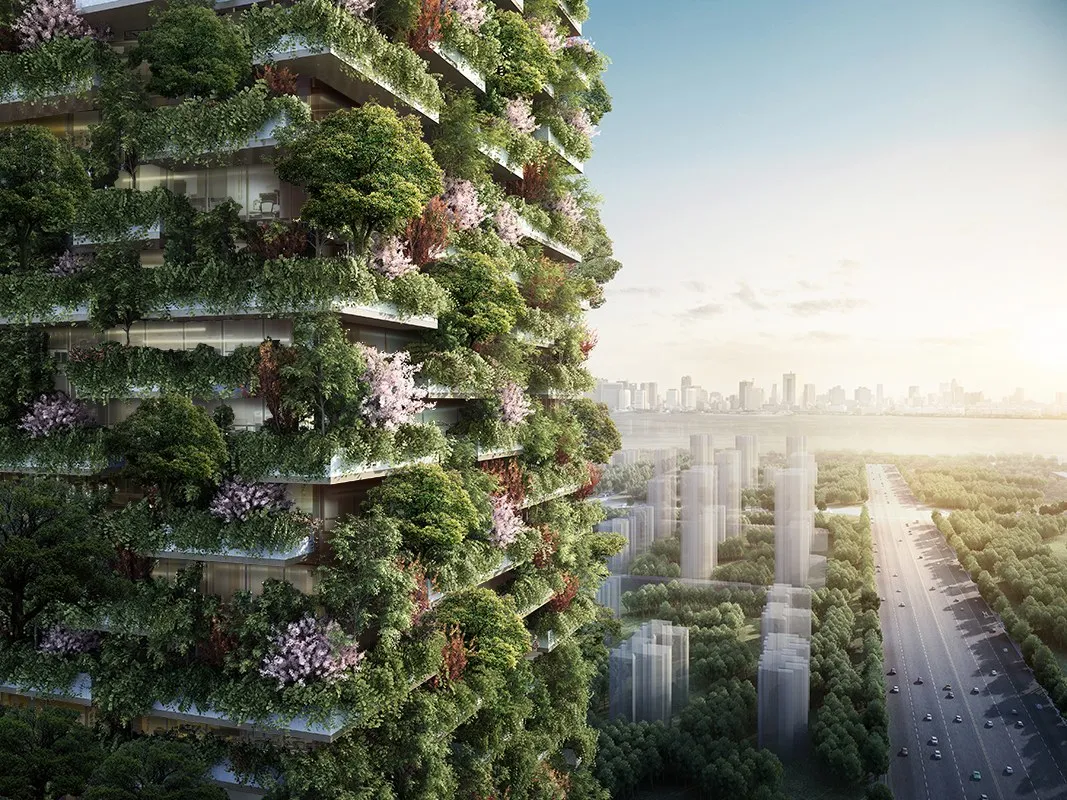
By 2020, the city of Liuzhou in China should have changed. Its future 30,000 inhabitants will evolve in a green conglomeration, whose trees will absorb pollution and produce oxygen, announce the architects responsible for the project.
Designed by the architectural firm of Stephano Boeri, based in Milan, Italy, this large-scale urban project was commissioned by the Liuzhou Municipality. The objective is to cover all buildings (schools, houses, hotels, hospitals, offices) with vegetation.

Once completed, this green city should be able to absorb nearly 10,000 tons of CO2, 57 tons of pollutants, and should produce about 900 tons of oxygen. The architects believe that this new city should be operational by 2020.
A problem still exists in this idyllic picture: this kind of ecological city will hardly be able to multiply throughout the Chinese territory. Indeed, it is necessary to take into account the climate to hope to make live all this flora. This is why Liuzhou's choice is not insignificant: the agglomeration is rarely confronted with very cold temperatures.
This green city will be connected to the rest of the world, or at least to its neighbors, by electric cars. To operate independently, it will be equipped with solar panels and will provide geothermal energy.

Liuzhou is not the only Chinese city that is expected to take become a little greener in the coming years: in Nanjing, the country's first vertical anti-pollution forest is due to open in 2018.
